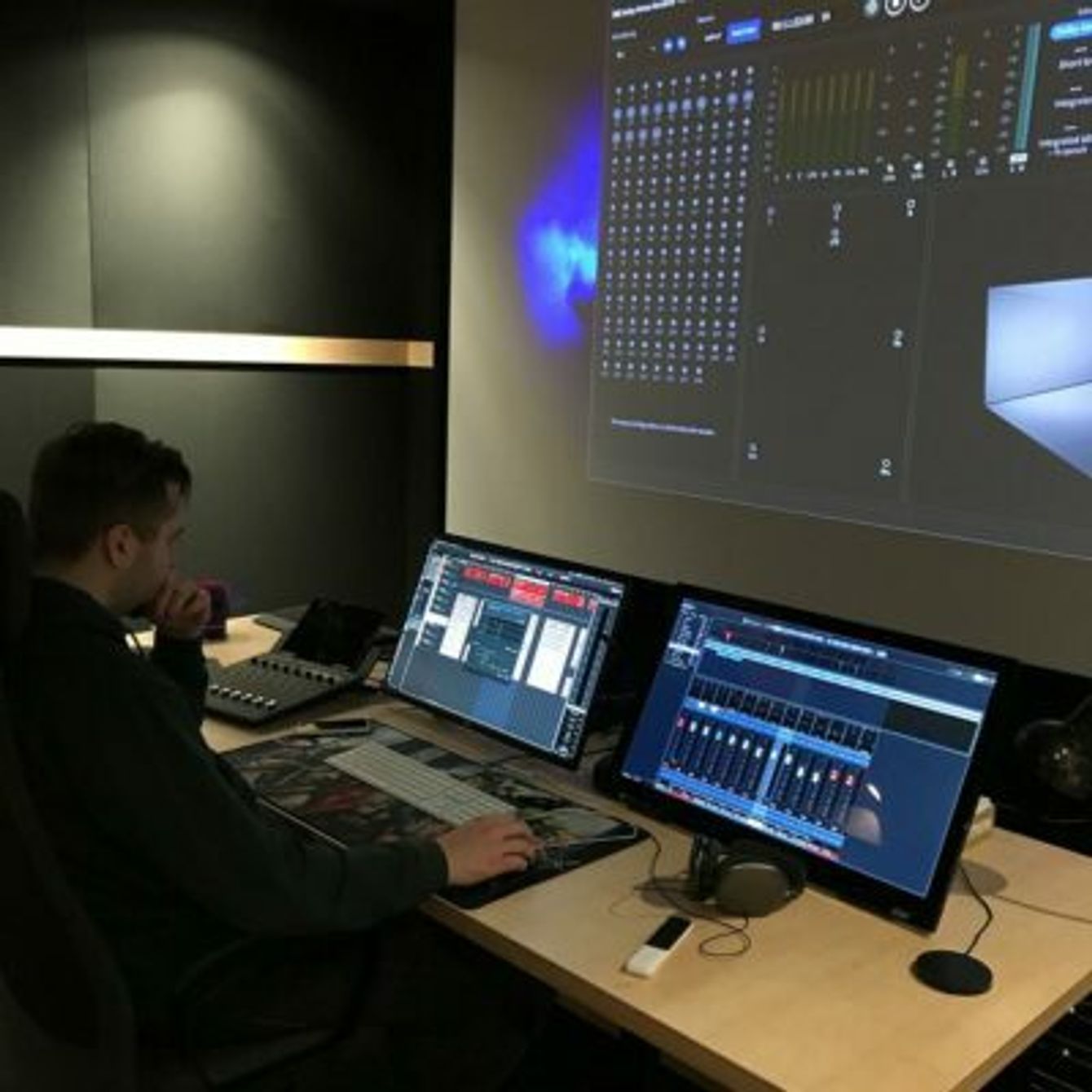1. Organize Your Tracks It is useful to group your tracks on the multitrack by instrument. Typically, you might have drums, percussion, bass, guitars, keys and other samples or instruments, and vocals. When my colleague worked on the latest Moneen album, he were left with a ton of guitar tracks. He would blend guitar amps with several mics on each amp for major guitar sounds. It was common for him to own 40-50 guitar tracks per song. As such, organization was key to a fruitful mix. Ultimately he ended up grouping practicing the guitar tracks into four unique groups, rhythm and lead tracks for Kenny and Hippy.
2. Edit Prior to Mixing Music Ensure your entire tracks are appropriately edited before you begin mixing. In today's digital world, we are constantly utilizing playlists and comping the most effective performances together. Make sure that every edit point features a crossfade as this can assist in avoiding any unwanted clicks and pops. 3. Consolidate After you have edited all of your tracks it is preferred to consolidate them to your session start time. This will guarantee your entire regions will have the same start time which would have been a huge benefit if dolby atmos mastering you are going to hire a mixer to work on your music. It may also decrease your computer's processing time.
Processing a huge selection of crossfades and edits is quite difficult on a computer. By consolidating your tracks, you're removing all the edits and crossfades, in so doing you'll release processing power that can be utilized for effect processing throughout your mix. Plus, your computer will run faster during the mix. 4. Clear Unused Regions Before Mixing After you have consolidated your tracks it is a good idea to eliminate any unneeded regions or tracks from your session. Keep only what you want to own mixed into your song. This is helpful if you are hiring a combination engineer as it will make certain that no unwanted sounds result in your mix. 5. Print Effects Record any cool effects you're using with their own tracks. You find yourself along with your original dry track, and also a new, wet track. It is often hard to recreate effects during a combination, especially if you use plug-ins that your mix engineer doesn't have.

To illustrate this, my colleague was working with a band called A/Collision and they'd given him demos of the entire record that they'd recorded in cubase. He loved the sound of some of the vocal treatments, when these were finished recording the vocals, he gave them the consolidated lead vocal track which he had them explain to you the same cubase plug-ins they applied to their original demos. Unfortunately, he was then able to use those effect tracks during the mix -- hitting this aspect home.
While there are many more strategies to accomplish a specialist music mix, if you begin with your five, you're off to a good start.